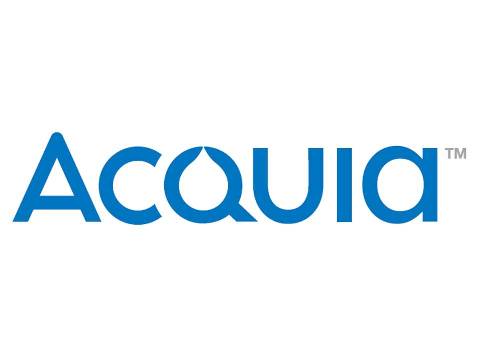Every January, the President of the United States makes the 1.5-mile journey from the White House to the Capitol Building to address the three branches of government and the public through the annual State of the Union speech. For more than 200 years, presidents from George Washington to Barack Obama have taken the opportunity to outline how the government is functioning and priorities for the nation going forward.
Whether you agree with the politics of the speech or not, the address provides insights into the challenges and executive actions the president plans to take in the next 365 days. In essence, the State of the Union is a status update — the presidential Facebook update, so to speak.
No universal speech encompassing trends across state lines, communities or districts is given for state and local governments at large is given for state and local governments at large, however. The speeches are localized, and although they are critically important, we want to highlight the state and local challenges that affect all 50 states.
In our new guide, we paint a picture of where state and local governments stand in 2016. We are not just going to explain the challenges, but we will also explain some of the history and background on how these challenges came to be.
In this guide, we will focus on eight areas where state and local governments are running into roadblocks and finding complexity:
- Understanding State and Local Budgets
- Understanding State and Local Collaborations
- Understanding State and Local Government Structures
- Understanding State and Local Regulations
- Understanding State and Local Tech Challenges
- Understanding State and Local Emergence Response
- Understanding the State and Local Workforce
- Understanding State and Local Security
In each section, we’ll also share case studies and how-to guides that will help you better understand the issues that state and local governments are dealing with.
Ready? Let’s go.
 |
|||






